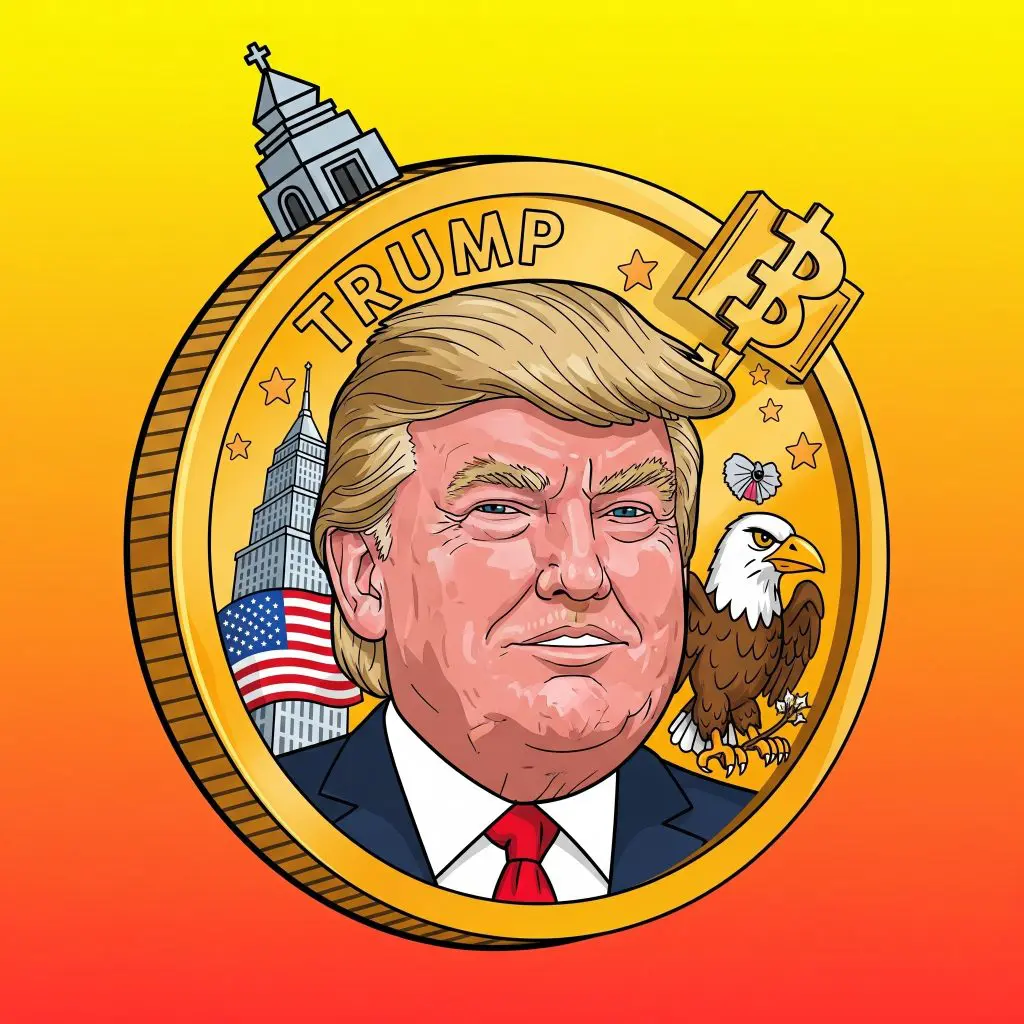How Millennials Can Start Investing with $100 in 2025
Investing is not about timing the market, it’s about time in the market. As a millennial navigating a complex financial landscape, you might wonder: How can I start investing with just $100 in 2025, maximize returns in an AI-driven economy, and build meaningful wealth? This complete guide for beginners answers your biggest questions with actionable steps, real-world examples, and relevant tools for today’s market.
- How Millennials Can Start Investing with 0 in 2025
- Why Start Investing in 2025: The Millennial Advantage
- Step 1: Set Clear Goals (and Prioritize)
- Step 2: Choose the Right Investing Account
- Step 3: Investment Options for 0 in 2025
- Step 4: Actionable Beginner Investment Portfolio (2025 Example)
- Step 5: Automate and Optimize Your Investments
- Step 6: Avoid Common New Investor Mistakes
- Tools and Apps for Millennials Investing in 2025
- 2025 Market Conditions & AI’s Impact on Investing
- FAQs
- Next Steps: Start Investing Today
Why Start Investing in 2025: The Millennial Advantage
- Compound growth – the earlier you start, the more your money works for you.
- Access to new tech: AI-driven platforms and robo-advisors make investing easier than ever.
- Inflation hedge: With 2025 inflation rates projected at 3.1% (BLS), staying in cash means losing purchasing power.
Even modest investments like $100/month can grow to over $19,000 in 10 years at a 7% annual return, thanks to compounding.

Step 1: Set Clear Goals (and Prioritize)
- Emergency Fund: Aim for 3-6 months’ expenses saved in a high-yield savings account (HYSA).
- Debt Check: If your debts have interest rates above 8%, focus on paying them down while beginning to invest small amounts.
- Automate savings: Use apps like Chime or Ally to automatically direct a portion of income into savings/investments.
Step 2: Choose the Right Investing Account
- Roth IRA: Tax-free growth for retirement. In 2025, you can contribute up to $7,000 annually even if you start with $100.
- Taxable brokerage account: Flexible and no contribution limits. Ideal for shorter- or medium-term goals.
- 401(k): If offered by your employer, especially with a match (average match: 4.7% of your salary). Always capture the full match—it’s free money!
Opening an account is easy with platforms like Fidelity, Vanguard, Betterment, and Robinhood.
Need capital? GHC Funding offers flexible funding solutions to support your business growth or real estate projects. Discover fast, reliable financing options today!
Test Your Expertise: The Complexities of the 1031 Exchange

As a sophisticated real estate investor, you understand that the 1031 Exchange is a cornerstone strategy for tax deferral and wealth accumulation. But beyond the basics, the intricacies of the 1031 Exchange rules can pose significant challenges. This quiz is designed to test your in-depth knowledge and highlight critical nuances that separate casual investors from true experts in 1031 Exchange transactions.
Instructions: Choose the best answer for each question.
⚡ Key Flexible Funding Options
GHC Funding everages financing types that prioritize asset value and cash flow over lengthy financial history checks:
-
Bridge Loans: These are short-term loans used to "bridge the gap" between an immediate need for capital and securing permanent financing (like a traditional loan or sale). They are known for fast closing and are often asset-collateralized, making them ideal for time-sensitive real estate acquisitions or value-add projects.
-
DSCR Loans (Debt Service Coverage Ratio): Primarily for real estate investors, these loans are underwritten based on the property's rental income vs. debt obligation ($\text{DSCR} = \text{Net Operating Income} / \text{Total Debt Service}$), not the borrower's personal income or tax returns. This offers flexibility for those with complex finances.
-
SBA Loans: The Small Business Administration (SBA) guarantees loans offered by partner lenders. While providing excellent terms (long repayment, lower rates), the application process is typically slower than private/bridge funding, often making them less suitable for immediate needs. SBA eligibility heavily relies on the DSCR metric for repayment assessment.
🌐 Learn More
For details on GHC Funding's specific products and to start an application, please visit their homepage:
The Ultimate DSCR Loan for Rental Property Quiz

Are you looking to expand your real estate investment portfolio? A DSCR loan might be the perfect tool to help you achieve your goals without relying on traditional income documentation. Test your knowledge with this quiz to see if you're ready to master the intricacies of a DSCR loan for rental property.
Step 3: Investment Options for $100 in 2025
1. Fractional Shares and ETFs
Millennials don’t need thousands to own stocks! Most brokers now let you buy fractional shares. For example, $100 can buy:
- $60 in S&P 500 ETF (like VOO or SPY)
- $20 in International ETF (VXUS)
- $20 in Technology or ESG ETF (like VGT or ESGU)
2. Robo-Advisors and AI-Powered Platforms
AI-driven platforms like Wealthfront or Betterment analyze your risk profile and automate diversification, ideal for beginner millennial investors.
3. Cryptocurrency and Alternative Assets
- Risk alert: Only invest what you’re willing to lose. Crypto remains volatile and 2025 regulations are tightening (SEC).
- Consider platforms like Coinbase or Kraken for small, diversified positions in Bitcoin or Ethereum.
Step 4: Actionable Beginner Investment Portfolio (2025 Example)
✅ Small Business Resources
-
SBA – Small Business Administration
https://www.sba.gov - SCORE Mentors (Free Mentoring & Workshops)
https://www.score.org - Small Business Development Centers (SBDC)
https://americassbdc.org
Are You an SBA Real Estate Loan Expert?

Test your in-depth knowledge on using SBA Loans for owner-occupied commercial Real Estate acquisition. These questions delve into the critical details that can impact your business's growth and financial strategy.
Let’s see how $100 can be allocated:
| Asset | Percentage | Dollar Amount |
|---|---|---|
| S&P 500 ETF | 60% | $60 |
| International ETF | 20% | $20 |
| Tech/ESG ETF | 10% | $10 |
| Crypto (optional) | 10% | $10 |
✅ Real Estate Investor Resources
-
AirDNA (Short-Term Rental Data)
https://www.airdna.co - Rentometer (Rent Comps)
https://www.rentometer.com - Zillow Research & Data
https://www.zillow.com/research
DSCR Loan IQ Quiz!

Test your knowledge of Debt Service Coverage Ratio (DSCR) loans!
This allocation takes advantage of broad market growth, diversification, and exposure to emerging trends.
Step 5: Automate and Optimize Your Investments
- Set up automatic monthly contributions (even $25/month grows over time).
- Turn on dividend reinvestment: Most brokers let you automatically reinvest dividends for faster compounding.
- Schedule annual “portfolio checkups” to adjust your mix as your income or goals change.
Step 6: Avoid Common New Investor Mistakes
- Chasing “hot stocks” based on trends—AI news can drive hype but leads to volatility.
- Trying to time the market—consistent investing beats market timing in the long run.
- Ignoring fees—look for low-fee ETFs (0.03%-0.10% expense ratios).
- Not understanding risk—use diversification to cushion against downturns.
Tools and Apps for Millennials Investing in 2025
- Fidelity Spire: Goal-based investing, no account minimums.
- M1 Finance: Build customizable pies with fractional shares.
- Acorns: Round-up and invest spare change automatically.
- Personal Capital: Free tracking and holistic financial planning.
2025 Market Conditions & AI’s Impact on Investing
- AI-driven analysis helps platforms identify personalized investment opportunities for younger investors.
- Robo-advisors continue to reduce barriers—over $3 trillion in assets managed by robo-advisors worldwide (Statista).
- Inflation: 2025 rates remain above target—investing is crucial to preserving purchasing power.
FAQs
- Can I really start investing with just $100 in 2025?
- Yes. Most platforms have dropped minimums. Fractional shares and ETFs make it possible.
- How should millennials balance debt payoff and investing?
- Focus on high-interest debt first, but start investing small amounts early to build the habit and access compounding.
- What’s the best app for beginner investors in 2025?
- Fidelity, Schwab, and SoFi all offer easy, low-fee options with strong educational resources.
- Is it safe to invest with AI robo-advisors?
- They’re regulated and use advanced algorithms for diversification—just verify the provider has SIPC insurance.
- How do 2025 market trends affect new investors?
- More tools and automation mean easier diversification; inflation and AI-driven volatility require a longer-term perspective and discipline.
Next Steps: Start Investing Today
- Pick a platform that fits your needs and goals from those listed above.
- Allocate your first $100 using the diversified example above.
- Set up automated monthly contributions—consistency is key.
- Continue learning and reviewing your goals; even small amounts add up over time!
For millennials in 2025, the best way to start investing is to take action—no matter how small. Leverage technology, stay disciplined, and let your money work for your future in an ever-evolving, AI-influenced financial world.
Get a No Obligation Quote Today.



